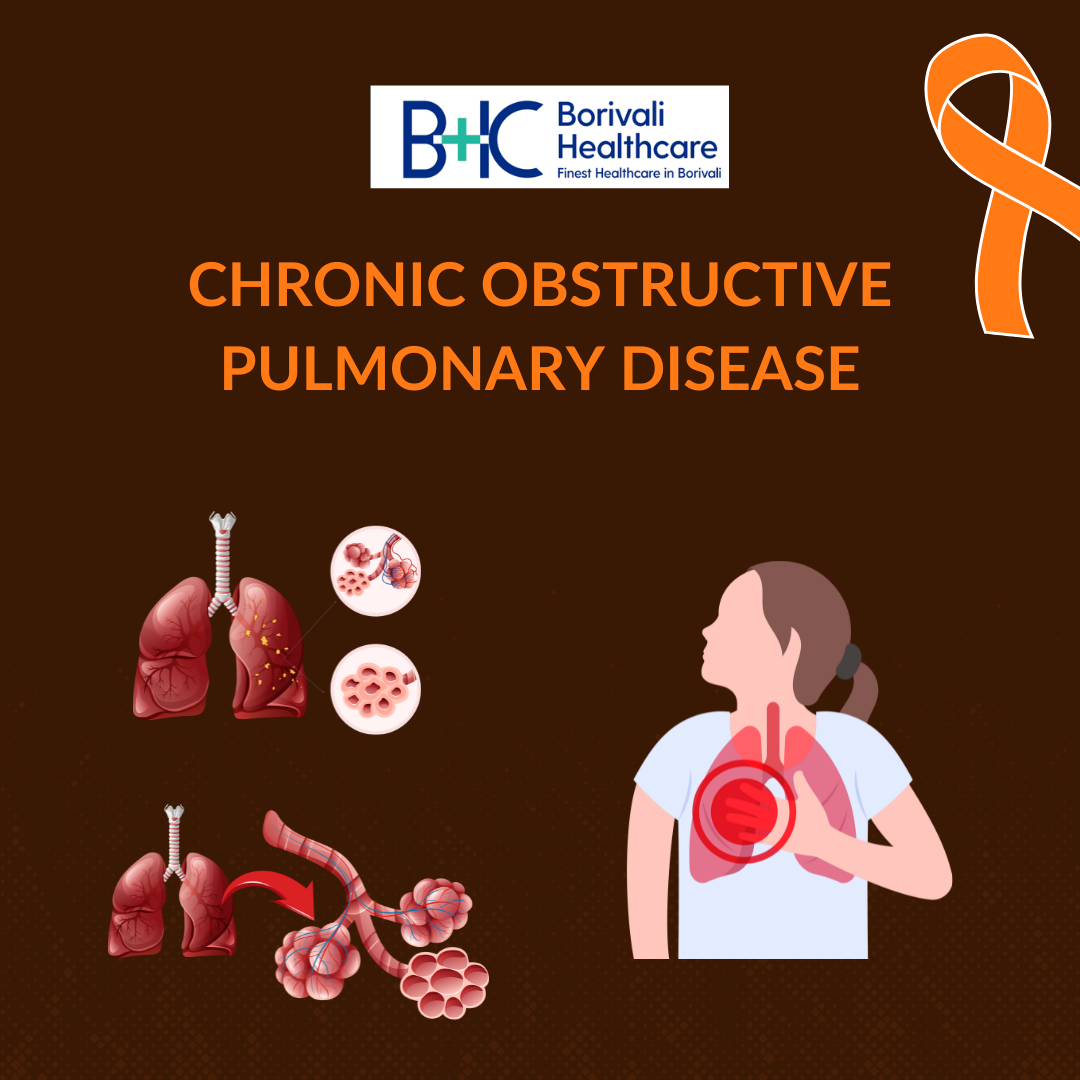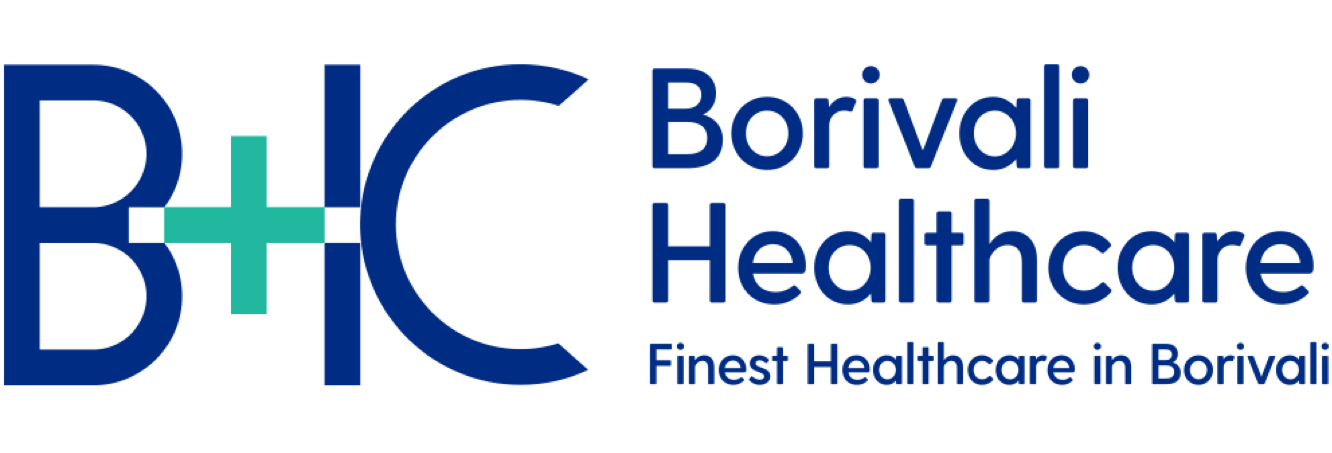
Overview of COPD
COPD (Chronic Obstructive Pulmonary Disease) is a long-term lung disease that causes breathing difficulties due to airflow obstruction. It includes conditions like chronic bronchitis and emphysema. COPD is progressive, meaning it worsens over time, but treatment can help manage symptoms.
Emphysema usually refers to destruction of the tiny air sacs at the end of the airways in the lungs.
Chronic bronchitis refers to a chronic cough with the production of phlegm resulting from inflammation in the airways.
COPD and asthma share common symptoms (cough, wheeze and difficulty breathing) and people may have both conditions.
Symptoms
The most common symptoms of COPD are
- Difficulty breathing
- Chronic cough (sometimes with phlegm)
- Feeling tired
COPD symptoms can get worse quickly. These are called flare-ups or exacerbations. These usually last for a few days and often require additional medicine.
People with COPD also have a higher risk for other health problems. These include:
- Lung infections, like the flu or pneumonia
- Lung cancer
- Heart problems like Right heart failure & Pulmonary artery hypertension
- Weak muscles and brittle bones due to continuous steroid use
- Depression and anxiety due to poor quality of life
Common symptoms of COPD develop from mid-life onwards.
As COPD progresses, people find it more difficult to carry out their normal daily activities, often due to breathlessness.
There may be a considerable financial burden due to limitation of workplace and home productivity, and costs of medical treatment.
Causes
Several processes can cause the airways to become narrow and damage of air sacs, which leads to COPD.
There may be destruction of parts of the lung, mucus blocking the airways, and inflammation and swelling of the airway lining.
COPD develops gradually over time, often resulting from a combination of risk factors:
- Tobacco exposure from active smoking or passive exposure to second-hand smoke;
- Occupational exposure to dusts, fumes or chemicals;
- Indoor air pollution: biomass fuel (wood, animal dung, crop residue) or coal is frequently used for cooking and heating in low- and middle-income countries with high levels of smoke exposure;
- Early life events such as poor growth in utero, prematurity, and frequent or severe respiratory infections in childhood that prevent maximum lung growth;
- Asthma in childhood; and
- A rare genetic condition called alpha-1 antitrypsin deficiency, which can cause COPD at a young age.
Diagnosis
COPD should be suspected if a person has typical symptoms, and the diagnosis confirmed by
- Spirometry
- Chest X - Ray or CT scan
- Blood tests - Oxygen and Carbon dioxide levels in blood
Treatment
COPD isn’t curable, but it can get better by some Lifestyle modifications such as -
- Smoking Cessation
- Avoiding air pollution by wearing masks while stepping out of house.
- Getting vaccines as recommended by Healthcare professionals to prevent some infections.
There are several treatments available for COPD.
It can be treated with medicines, oxygen and pulmonary rehabilitation.
- Inhaled medicines
- Inhaled medicines that open and reduce swelling in the airways are the main treatments.
- Bronchodilator inhalers are the most important medicines for treating COPD. They relax the airways to keep them open.
- Short-acting bronchodilators start to work in seconds and can last for 4–6 hours. These are often used during flare-ups.
- Long-acting bronchodilators take longer to start working but last longer. These are taken daily and can be combined with inhaled steroids.
- Some inhalers open the airways and may be given regularly to prevent or reduce symptoms, and to relieve symptoms during acute flare-ups. Inhaled corticosteroids are sometimes given in combination with these to reduce inflammation in the lungs.
- Inhalers must be taken using the correct technique, and in some cases with a spacer device to help deliver the medication into the airways more effectively.
2. Other treatments may also be used:
- Steroid pills and antibiotics are often used to treat flare-ups.
- Oxygen is used for people who have had COPD for a long time or have severe COPD.
- Pulmonary rehabilitation teaches exercises to improve your breathing and ability to exercise.
- Surgery - Lung transplant may improve symptoms for some people with severe COPD.
Flare-ups are often caused by a respiratory infection, and people may be given an antibiotic or steroid tablets in addition to inhaled or nebulised treatment as needed.
They may require admission in ICU or ward during each flare-ups/exacerbations.
Living with COPD
Lifestyle changes can help improve symptoms of COPD.
- Quit smoking or vaping. This is the most important thing to do. Even if you have been smoking for many years, quitting can still help.
- Avoid passive smoke or smoke from indoor cooking fires.
- Stay physically active.
- Protect yourself from lung infections:
- Get a flu vaccine every year.
- Get the pneumonia (Pneumococcal) vaccine.
- Get all available COVID-19 vaccines and make sure you have had the latest boosters.
People living with COPD must be given information about their condition, treatment and self-care to help them to stay as active and healthy as possible


 Dr. Namrata Agrawal
Dr. Namrata Agrawal
